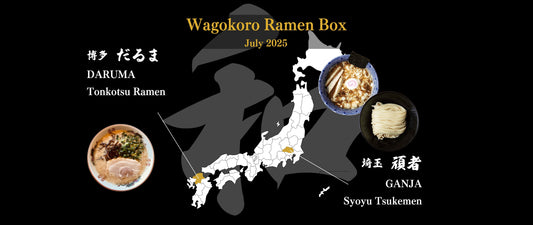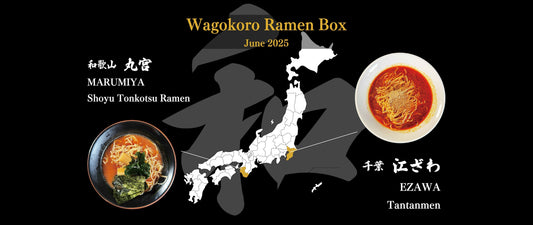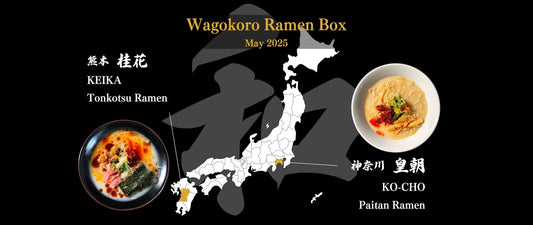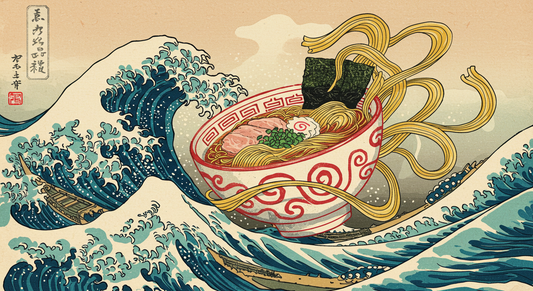Tsukemen: A Deep Dive into Its History, Characteristics, and Popular Shops
Tsukemen, as a key part of Japan's ramen culture, is loved by many. Let's take a detailed look at its history, characteristics, the relationship between the soup and noodles, and some popular shops.
History and the Background
The origin of tsukemen dates back to Japan in the 1950s. Kazuo Yamagishi, the founder of "Taishoken," is credited with inventing tsukemen. He wanted to offer a new type of noodle dish different from traditional ramen, creating a style where noodles are dipped into the soup. Initially served as "special morisoba," Yamagishi's tsukemen gained popularity for its unique style and flavor. His influence was significant, with many apprentices training under him and spreading the "Taishoken" style of tsukemen across Japan.
Features of Tsukemen
Unlike ramen, tsukemen is served with noodles and soup separately. The noodles are typically served cold, enhancing their firmness and elasticity. When eating, you dip the noodles into the soup, allowing the rich flavor of the soup to coat the noodles, resulting in a concentrated and enjoyable taste. Therefore, the soup is generally richer than that of traditional ramen, with various bases such as seafood, pork bone, and soy sauce.
Tsukemen Soup and Noodles
The soup of tsukemen is known for its richness and diverse flavors. Seafood-based soups often use ingredients like bonito flakes and dried sardines, while pork bone soups are usually rich with the umami of long-simmered pork bones. Soy sauce-based soups also remain popular. These soups are designed to be thicker and cling to the noodles more effectively than regular ramen soups.
The noodles for tsukemen are typically thicker and chewier than those used in regular ramen. This is to ensure they can stand up to the rich soup and fully absorb its flavors. The noodles are usually served cold, enhancing their texture and making them firmer.
Recommended Tsukemen Restaurants
There are many renowned tsukemen shops across Japan, but here are a few of the most popular ones:
Taishoken (Tokyo)
The original tsukemen shop, "Taishoken," is located in Ikebukuro, Tokyo. The tsukemen created by Kazuo Yamagishi is still loved by many. The "special morisoba" features a rich seafood-based soup and firm, thick noodles, creating an unforgettable taste.
【滝野川 大勝軒】
— ふくろう (@Ebisusama11) June 6, 2024
住所 東京都豊島区東池袋1丁目32−2 小泉ビル 1F
池袋と言えば大勝軒です。この日は大勝軒 本店がお休みなので本店の近くに有る滝野川 大勝軒さんに行きました。味は全く同じで凄く美味しいつけ麺でした。元祖 もりそばを頂きました🙇♀️🙇♀️🙇♀️ pic.twitter.com/mEd6gaPJ2m
Rokurinsha (Tokyo)
Located in Tokyo Station's "Tokyo Ramen Street," "Rokurinsha" is a popular shop with constant queues. Their tsukemen is known for its thick seafood and pork bone soup, which pairs perfectly with the thick, chewy noodles. The addition of special fish powder enhances the umami flavor.
六厘舎
— かず (@re__tire) July 12, 2024
東京ラーメンストリート内 @東京駅
特製朝つけめん
おつかいで東京駅来たついでに此方へ
7時半からこのクオリティで食べられるのすげえなあ pic.twitter.com/yVx6D4uIse
Tsujita (Tokyo)
"Tsujita," with its main shop in Kanda, Tokyo, is another famous store. Their rich seafood and pork bone soup has a deep flavor and is designed to cling to the noodles. The unique citrus flavor from yuzu adds a refreshing aftertaste.
つじ田 濃厚味玉つけ麺
— Ramen-Samurai (@RamenSamSam) July 6, 2024
連想ゲームの時間です📺️😄
旨い麺が食べたいって言ったら‼️
はい。つじ田さんのつけ麺でっす🙌
旨いわ👌この麺‼️つるぴかのぴっかぴか💯
これなら外人さんも喜ぶでしょうね pic.twitter.com/V4xmae3spQ
Tsukemen continues to captivate many with its unique style and flavor. Its popularity is growing not only in Japan but also overseas, ensuring that it will continue to develop as a new form of ramen culture.





